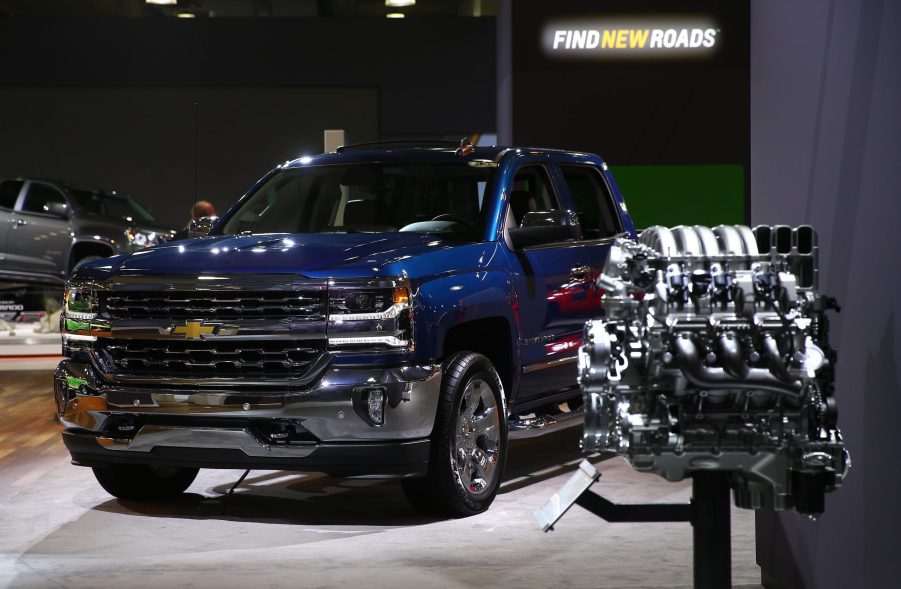
Does Engine Placement Really Make a Difference?
In your average vehicles, we have gotten used to cars that have their engine mounted at the front of the car. For some sports cars, like the new Chevrolet Corvette, we expect the engine to be in a different place: behind the driver. There are different variations of engine placement between standard front engine and midengine, but does it really make a difference? When it comes to handling, performance, and even maintenance, there is.
Engines are heavy, obviously
The engine is one of the heaviest components of the car. When you are talking about large displacement motors, even as big as the Dodge Viper’s 8.3L V10, where the weight is placed can make a big difference. Even in cars with smaller engines like the Lotus Elise, the weight of the engine in comparison to the car’s overall weight means it changes the handling drastically.

It’s more than just a trend
There is just something about the idea of a mid-engine car that people love. All of the high-end exotic cars feature a mid-engine design, but there are a lot of reasons why most consumer cars do not. For one, a lot of mid-engine cars are a lot more difficult to work on. From general maintenance to repairs, having a car that has a more common engine placement can mean a lower bill at the mechanic.

Better performance
Where the engine is placed affects where the weight of the car is. Cars that have the engine in the front of the car and have front-wheel drive get more traction because the weight of the engine sits over the driving wheels. Sports cars that have rear-wheel drive also have their weight over the driving wheels. This helps the cars get traction, but the weight distribution of having the car behind the driver gives the car more agility.
While there is quite a bit of difference between cars that have different engine placements, that doesn’t make any of the placements better or worse than another. In fact, engine placement is only important in performance cars, and it does very little to affect your every day driving. In fact, it is more affordable for the general consumer to buy a car with a more average front-engine.
While most people will probably stick to a traditional front-engine car, it is still interesting to know that there is genuinely a difference. The difference in performance and handling isn’t really that important to most of the cars we see on the road, so unless you’re interested in sports cars, chances are you don’t care where the engine is placed.


